Description
Savivukumaja clay plasters are the only clay plasters manufactured in Estonia and the entire nearby region that have been tested on the basis of the German standard for clay plasters ( DIN 18947:2013 08 ). According to the standard, plasters belong to the higher strength class S II. Our fine finish clay plasters include clays of different colors and sands that have been carefully selected
selected using a special gradation curve, which ensures their high workability and surface resistance. Base layer of clay plaster (granule size 0-4 mm, a dry mix, hemp fiber additives).
Colors
Dark red.
Use
Suitable for plastering different surfaces in indoor conditions. Suitable for plastering different surfaces in indoor conditions. Used for plastering base surfaces in the ground layer or finishing layer when required. Suitable for plastering various surfaces (wood, stone, bricks, clay, lime and other mineral plasters, reed planks, straw walls, concrete blocks, Aeroc, Fibo, etc.).
Property
Clay plaster regulates the humidity of the air in the rooms, accumulates heat, inhibits the formation of mold, neutralizes electromagnetic pollution, suppresses echoes and is suitable for people suffering from allergies. Savivukumaja clay plaster is 100% natural and reusable. It is possible to model round edges and different shapes. Savivukumaja clay plaster has a high adhesion and resistance to the surface. It is 100% natural and reusable. It is possible to model round edges and different shapes.
Substrate
The base surface must be stable, load-bearing, dry, absorbent, adhesive and certainly free from dust, paint and lubricants (oil, grease, etc.). We recommend using a thin reed mat when plastering wooden surfaces (logs, boards, chipboard and other wood-based boards with a smooth surface); use reed board, natural fiber board, cork board or other
natural insulating material for insulation. We recommend using a fully covering jute fabric from the Savivukumaja selection to reinforce the plaster in the second layer (with an overlap of 7 10 cm).
Conditions
The temperature of the base surface and the ambient air must be above 5°C. Tools Floats, trowels (rectangular modeling trowels, finishing trowels, Swiss trowels) and excitement. It is applied manually or with a plaster spray.
Mixing
Add 5-6 liters of clean water to a bag (25 kg) of dry mix and mix well. The best way is to prepare the mixture a day before plastering. The mixture should be left for at least half an hour. The plaster must be mixed a win after it has stood.
Installation
Clean and wet the base surfaces beforehand. Apply the first layer of 5 10 mm. Allow the plaster to solidify and smooth the surface. We recommend using a plaster float. Before applying the second coat, the first coat must be completely dry. Immediately before applying the next layer, wet the surface to facilitate their compatibility. Apply the second layer of 5 10 mm. Once the plaster has solidified, rub the surface even with a plaster or rubber float. Use a sponge (float) for finishing if you want to emphasize the fiber present in the plaster.
Drying
Clay plaster dries as the water inside it evaporates, so you need to properly ventilate the room during hot periods to dry the plastered surfaces. During the heating period, we recommend using fans, convectors and dehumidifiers for ideal drying. A prolonged drying period and excessive air humidity can lead to the formation of mold on the surface of the plaster, which is not harmful to your health. Once the surface is dry, you should wipe off any mold
on the surface.
Finishing
We recommend using Finish clay plasters 0-2 mm from Savivukumaja or Finish clay plasters 0-1 mm for finishing. Before finishing, wipe any sand grains from the surface with a soft brush. If you want to show the base coat, we recommend to apply Savivukumaja finishing primer on the surface.
Maintenance
Potential surface damage can be repaired. We recommend storing finishing materials from the same lot for this purpose. The plaster can be cleaned with a dry method (no water/chemicals/wet sponge) or covered again with the same finishing material. Clay plaster is antistatic and does not collect dust. Clay plaster absorbs oils and liquids.
Consumption
PACKAGE COVER 10 mm COVER 15 mm
25 kg bag approximately 1.5 m² approximately 1 m²
1000 kg bag approximately 60 m² approximately 40 m²
Material costs depend on the uniformity of the surfaces (e.g. the cost is higher for log walls with
large voids compared to a uniform plating).
Wooden surfaces (reed mat/board) 30-45 kg / 1 m²
Stone surfaces 25-30 kg / 1 m²
Safety
Avoid inhaling the dust and protect your eyes from it. Wash with a saline solution in case of direct contact with
the eyes.
Preservation
Store in dry conditions.

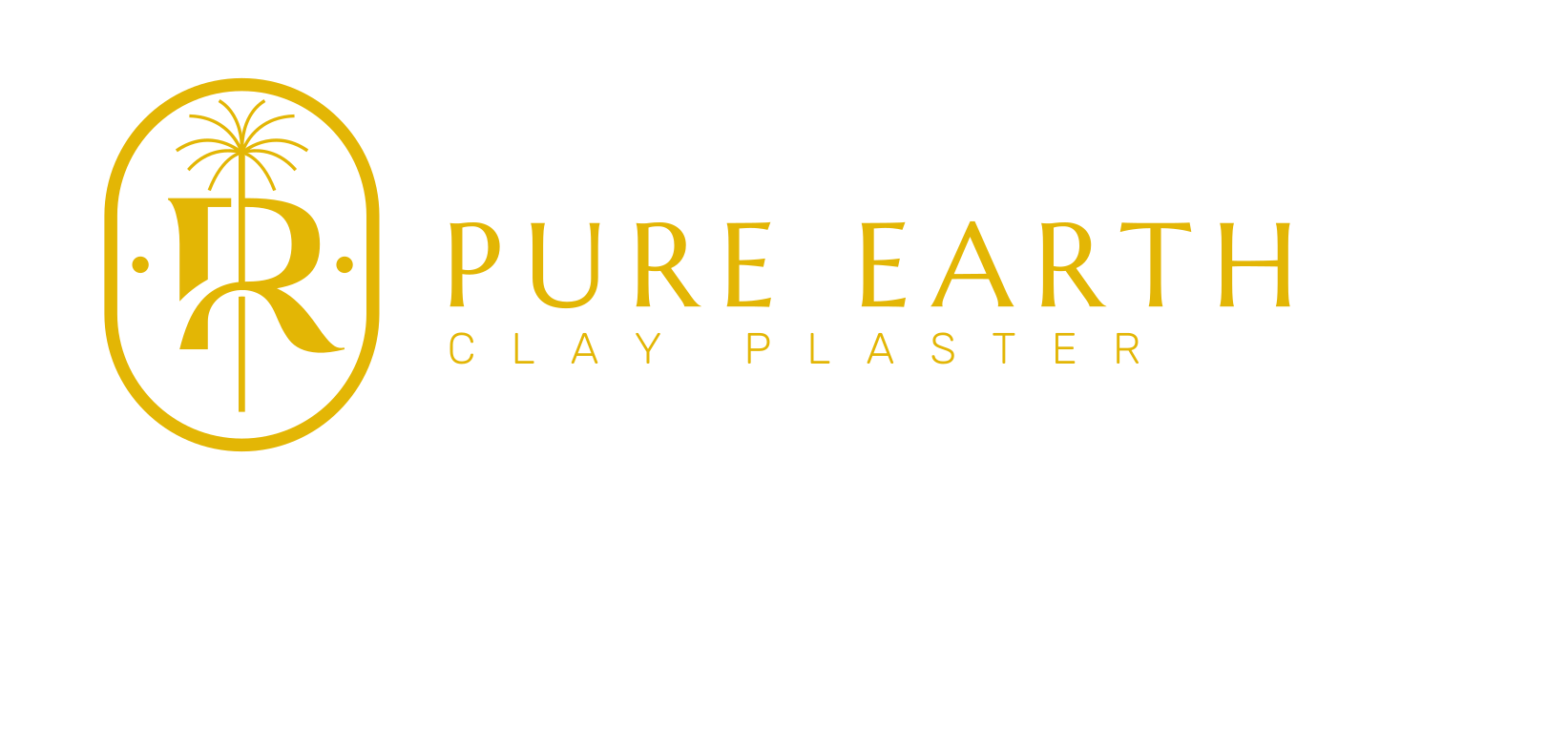
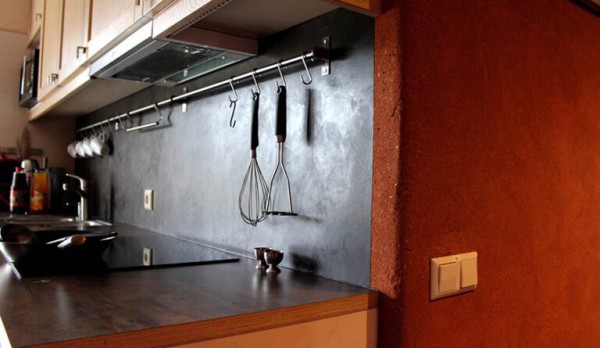
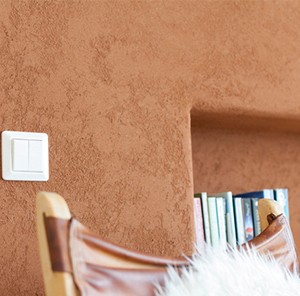
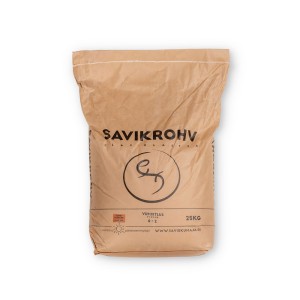
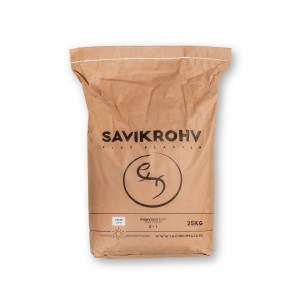
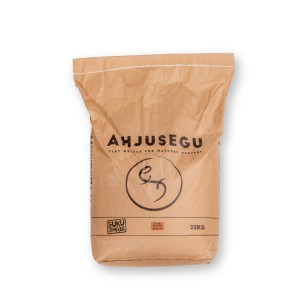




Reviews
There are no reviews yet.